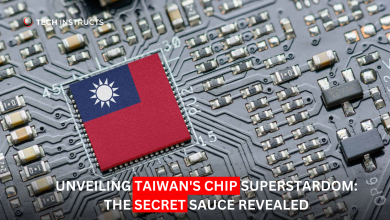
Today 1 September 2023, Fort Florida’s Storm-Struck Gulf Coast Takes Stock as Idalia Soaks Carolinas.
Hurricane Idalia, which made landfall on Wednesday morning as a Category 3 storm, is still having a devastating effect on the Gulf Coast of Florida, weeks after making landfall. As a result of the storm, there were winds of 125 mph and a 10-foot storm surge in the area, causing extensive damage to the area.
In Fort Florida, the storm surge caused flooding in homes and businesses, knocked down trees, and knocked down power lines, among other things. A number of people were injured, but no fatalities were reported, despite the fact that several people were injured.
The cleanup and recovery effort is underway, but it is expected to take several days to get the area back to normal. To remain safe, residents are advised to stay off flooded roads.
Meanwhile, Tropical Storm Idalia has weakened as it moves over the Carolinas. In spite of this, the region is expected to be hit by heavy rains and flooding as a result of the storm.
North and South Carolina have been placed under a flash flood watch by the National Weather Service. Safety precautions are being urged for residents.
The full extent of the damage caused by Idalia is still not known, but it is clear that the storm has had a significant impact on the Gulf Coast of Florida and the Carolinas.
The cleanup and recovery effort will be a long and difficult one, but the residents of these areas are resilient and will get through this together.
Here are some more details about the latest news on Fort Florida’s storm-struck Gulf Coast and Idalia soaking the Carolinas:
- The storm surge in Fort Florida reached up to 10 feet, flooding homes and businesses in low-lying areas.
- Emergency crews had difficulty reaching some areas due to washed-out bridges and roads.
- The power grid was severely damaged, leaving thousands of people without electricity.
- The cleanup and recovery effort is expected to take weeks or even months.

The latest updates are as follows:
- In Fort Florida, the Red Cross has opened several shelters to house those who have been displaced by the storm.
- Roads are being cleared and power is being restored by the Florida Department of Transportation.
- As part of the response to the storm, the National Guard has been activated to assist.
- Several roads and bridges have been closed due to flooding.
- Several schools and businesses have been closed.
- The governor of North Carolina has issued a mandatory evacuation order for some areas.
- In the Carolinas, the National Guard has been activated to help with the response to the storm.
- A state of emergency has also been declared by the governor of North Carolina.
Heavy rains and flooding have been reported throughout the Carolinas as a result of Tropical Storm Idalia.
The National Weather Service has issued a flash flood watch for parts of North and South Carolina, and some areas have already received over 10 inches of rain.
Carolinas are forecast to experience continued heavy rain and flooding over the next few days. It is recommended that residents abide by local officials’ instructions and stay safe.
Also Recommended: US Approves $80 Million in Arms Sales to Taiwan, Biggest in Decades





